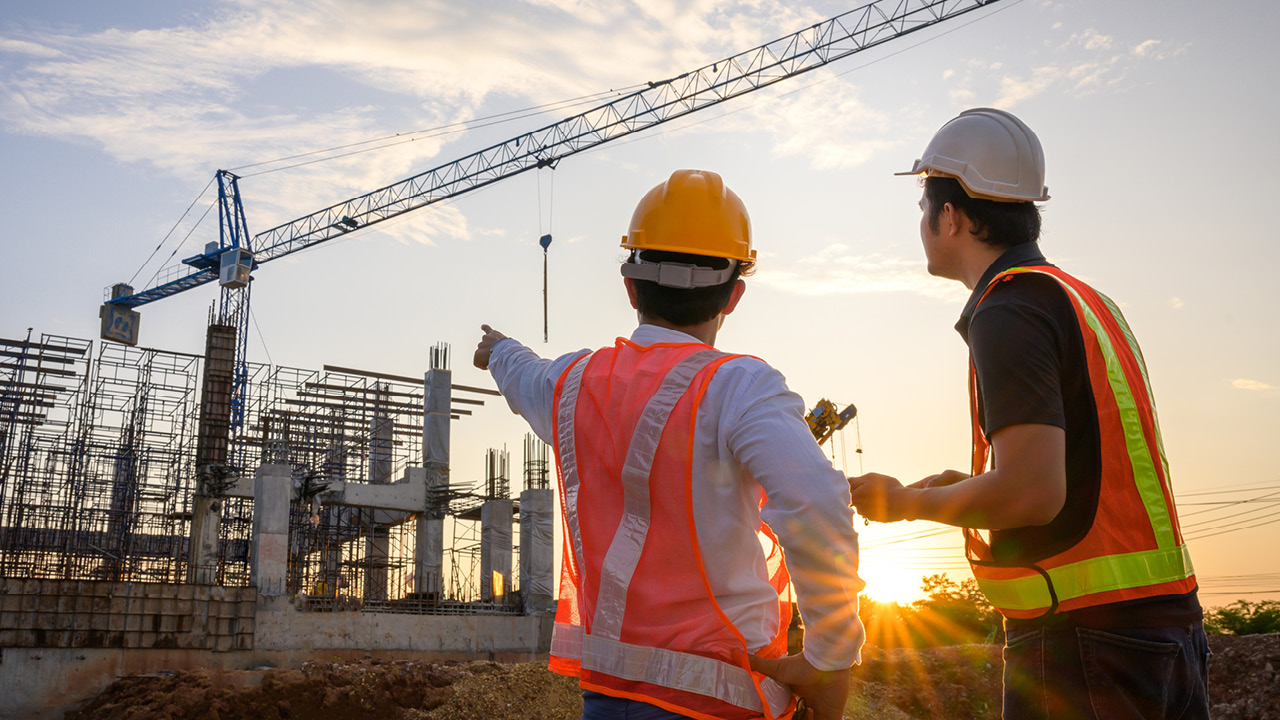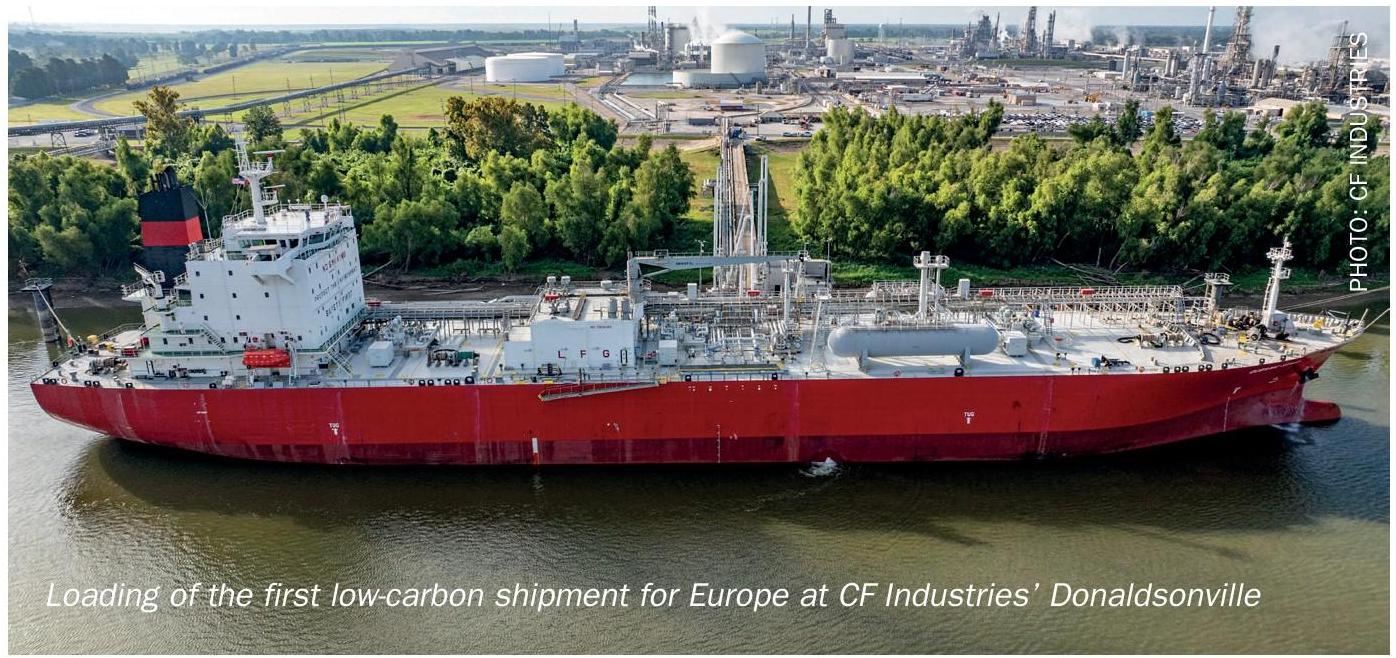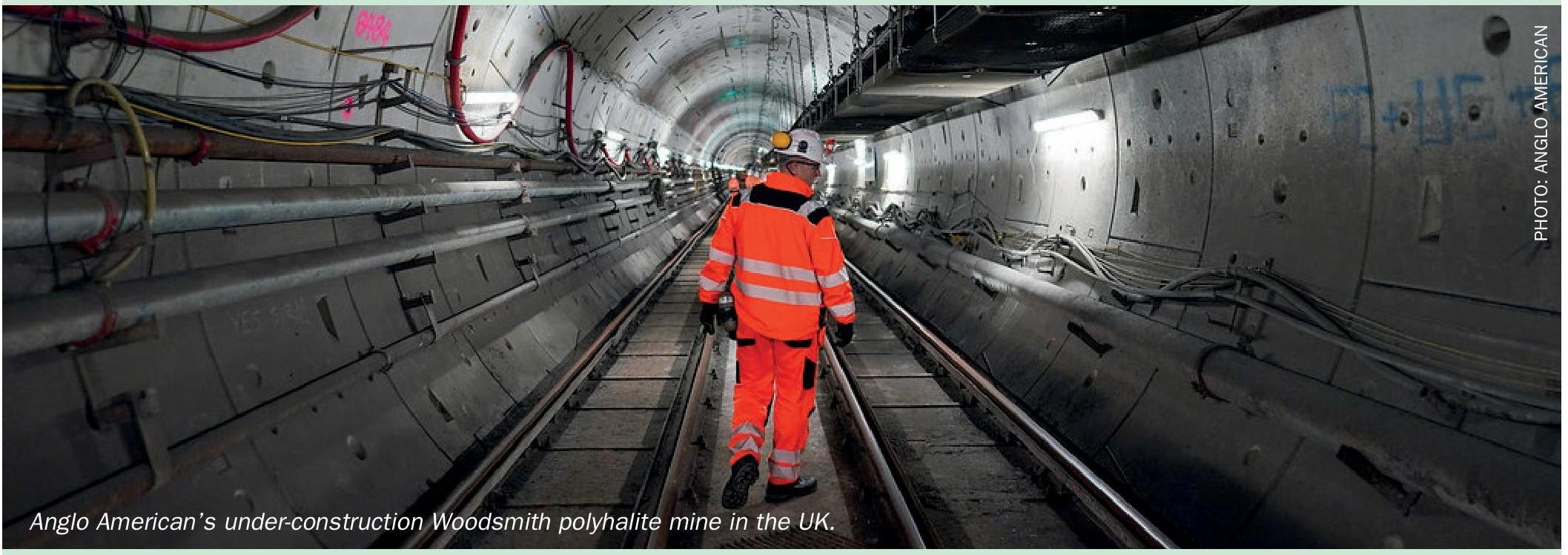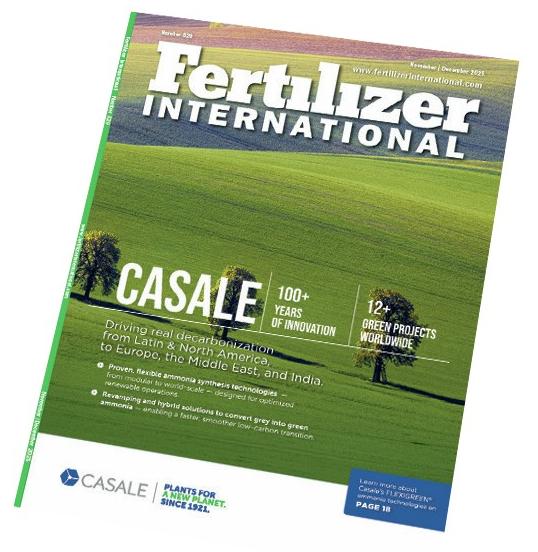Fertilizer International 525 Mar-Apr 2025
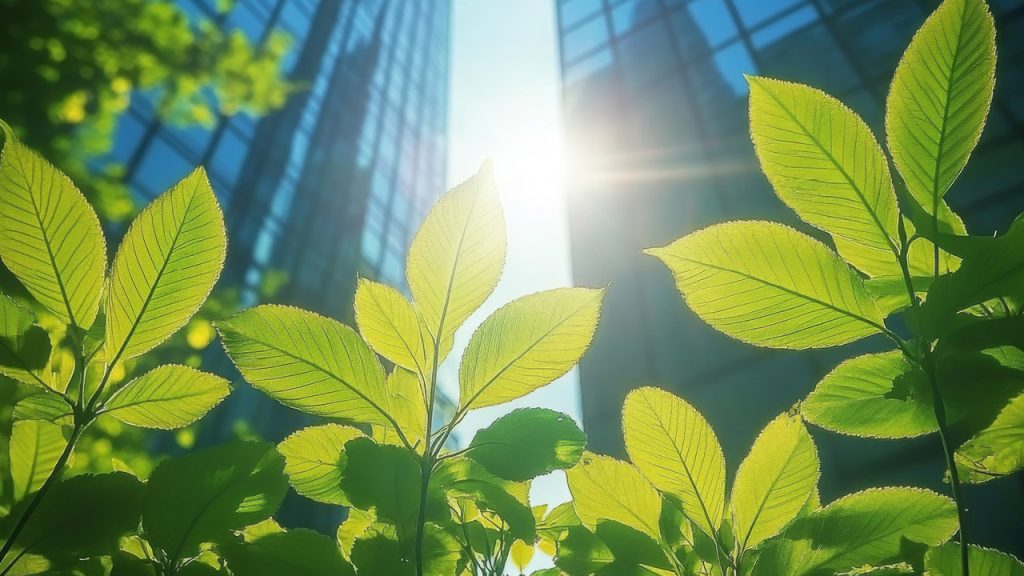
18 March 2025
Grupa Azoty launches new sulphur-enriched fertilizer
Grupa Azoty has started production of POLIFOSKA Multi S, a new sulphur-enriched multi-nutrient fertilizer, at its Police complex in Poland. The new product contains 23% sulphur.
This latest product launch is the latest addition to the company’s expanding fertilizer product portfolio, alongside the likes of:
• megAN – a high-granule ammonium nitrate fertilizer
• RSM OPTIMA – a nitrate-urea solution with a distinctive light blue colour for ease of identification
• eNpluS – an ammonium fertilizer enriched with sulphur and calcium.
These four products have all commenced production in recent months.
“Expanding our product range this time with a multi-component fertilizer, we have formulated POLIFOSKA Multi S to be highly efficient. Its balanced nutrient composition not only promotes proper plant growth and development but also enhances crop yield quality—with notable economic benefits,” said Hubert Kamola, Grupa Azoty’s VP, adding: “I am convinced that we are introducing a fertilizer that will soon become one of the flagship products in Grupa Azoty Police’s range.”
POLIFOSKA Multi S is water-soluble and contains the following plant-available nutrients: 7% nitrogen in ammonium form, 10% phosphorus, 20% potassium, 5% calcium, 1% magnesium and 23% sulphur in sulphate form.
The product is also enriched with silicon.


